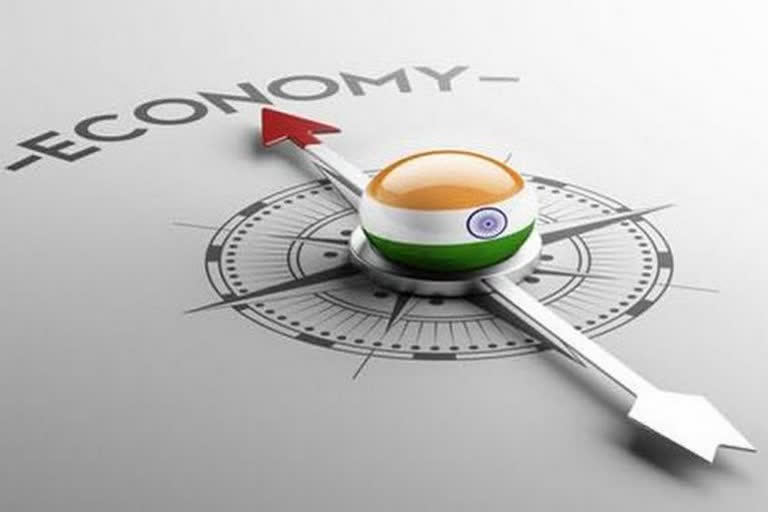New Delhi: Despite a devastating second wave of Covid infections in the country, the economic growth clocked a growth of over 20% during the first three months of the current fiscal, primarily due to a low base effect during the same period last year when the entire country was under a stringent lockdown. It shows the strategy of imposing local lockdowns rather than a nationwide complete lockdown worked in favour of the economy.
“The healthy GDP growth numbers are mainly due to the base effect, yet it indicates that, despite COVID 2.0, the economic activities remained alive as the local and regional restrictions imposed were not as stringent as they were during the COVID 1.0,” said Sunil Sinha, Principal Economist of India Ratings and Research.
Read:India's GDP witnesses an uptick of 20.1% in April-June quarter of FY 2021-22
Though some economists projected the growth to be lower in the first quarter, several high-frequency indicators released in recent times such as power generation, automobile sales and fuel consumption, railway freight suggested a rebound in economic activity despite the ferocious second Covid wave that killed more than 2,50,000 people in the country.
The data showed that in some sectors the rebound was faster after the second Covid wave than the economic turnaround witnessed after the first wave.
What is driving the economy?
Three of the four Demand-side components – private consumption, gross fixed capital formation and exports registered positive growth in the quarter. While private consumption, measured as PFCE, clocked a growth of 19.3%, gross fixed capital formation registered a growth of over 55%.
The only component that registered a decline was public expenditure, measured as the government final consumption expenditure, which declined by 4.8%.
On the supply side, agriculture continued to perform well as it registered a strong growth of 4.5% which is not a low base effect as the sector has registered a healthy growth of 3.5% last year when the entire country was under a complete lockdown to slowdown a community spread of the deadly Sars-CoV2 virus.
According to Sinha, the industrial sector performed even better than the agriculture sector which was considered the only bright spot in the Indian economy amid the Covid-19 global pandemic which has killed more than 4,38,000 people in the country and more than 4.5 million people worldwide.
The industrial sector clocked a more than 46% growth in the first three months of the fiscal. Segments such as construction (68.3%) manufacturing (49.6%), mining (18.6%) electricity and utility services (14.3%) registered healthy growth as States opened their economy after the second wave.
What is suppressing the growth?
